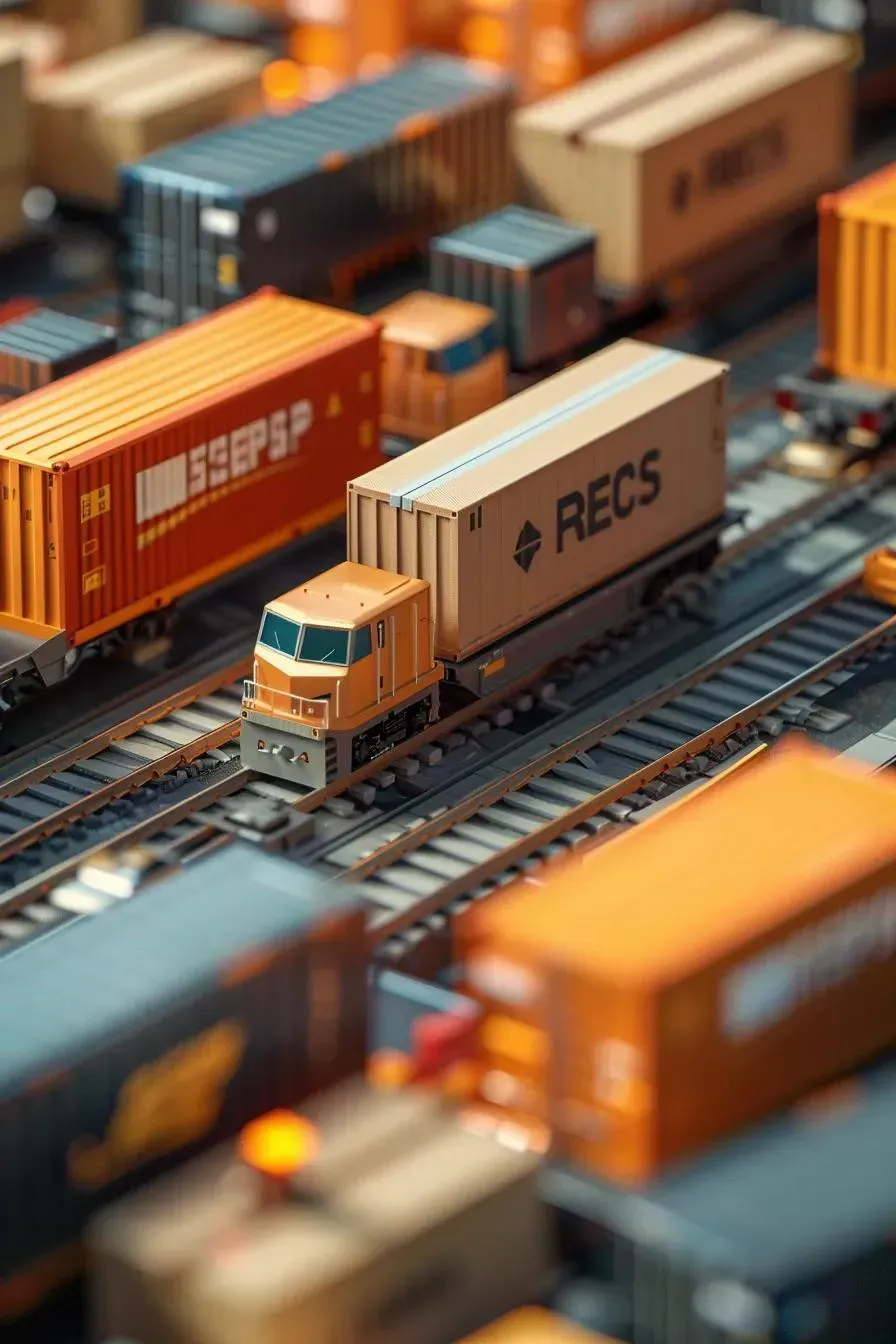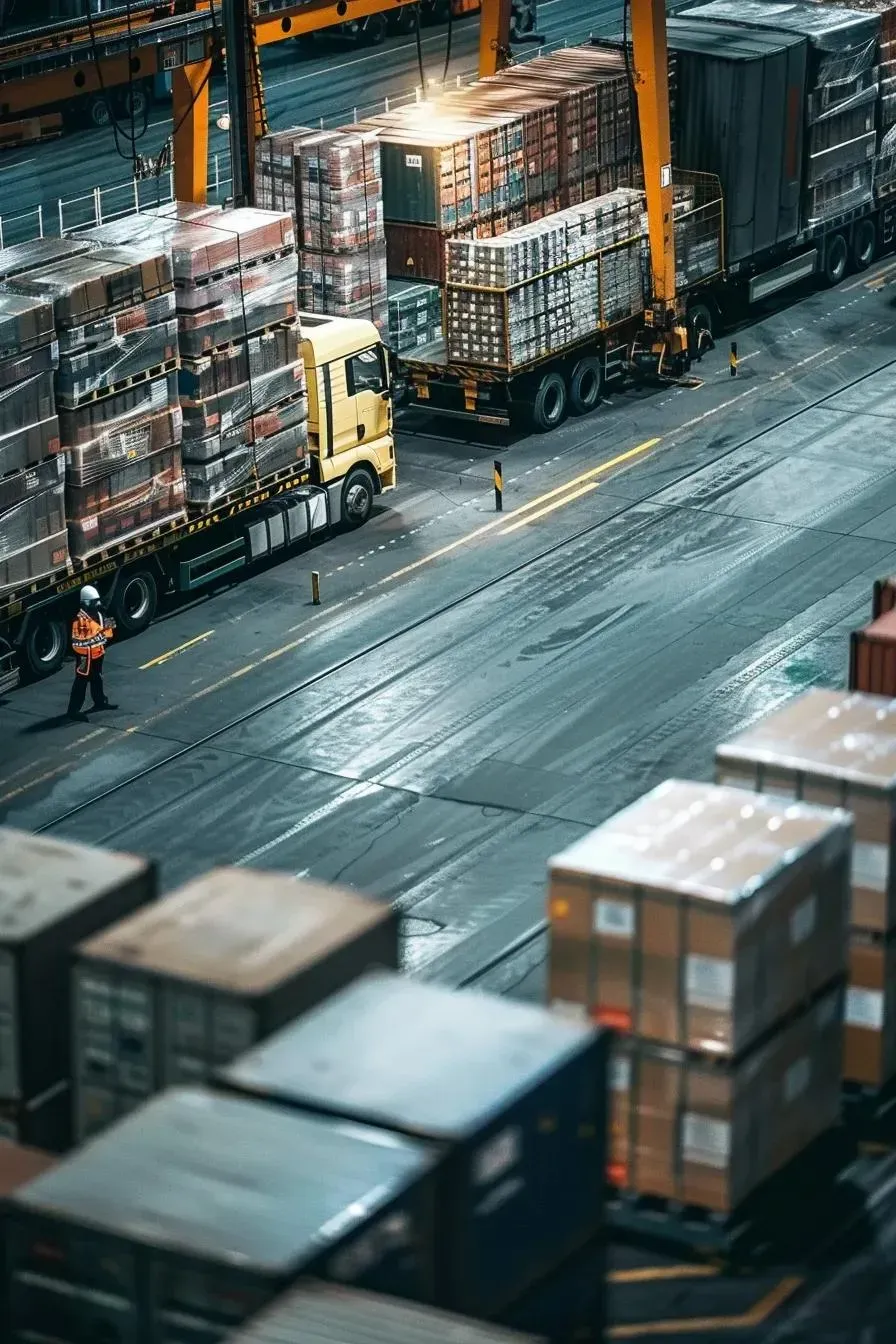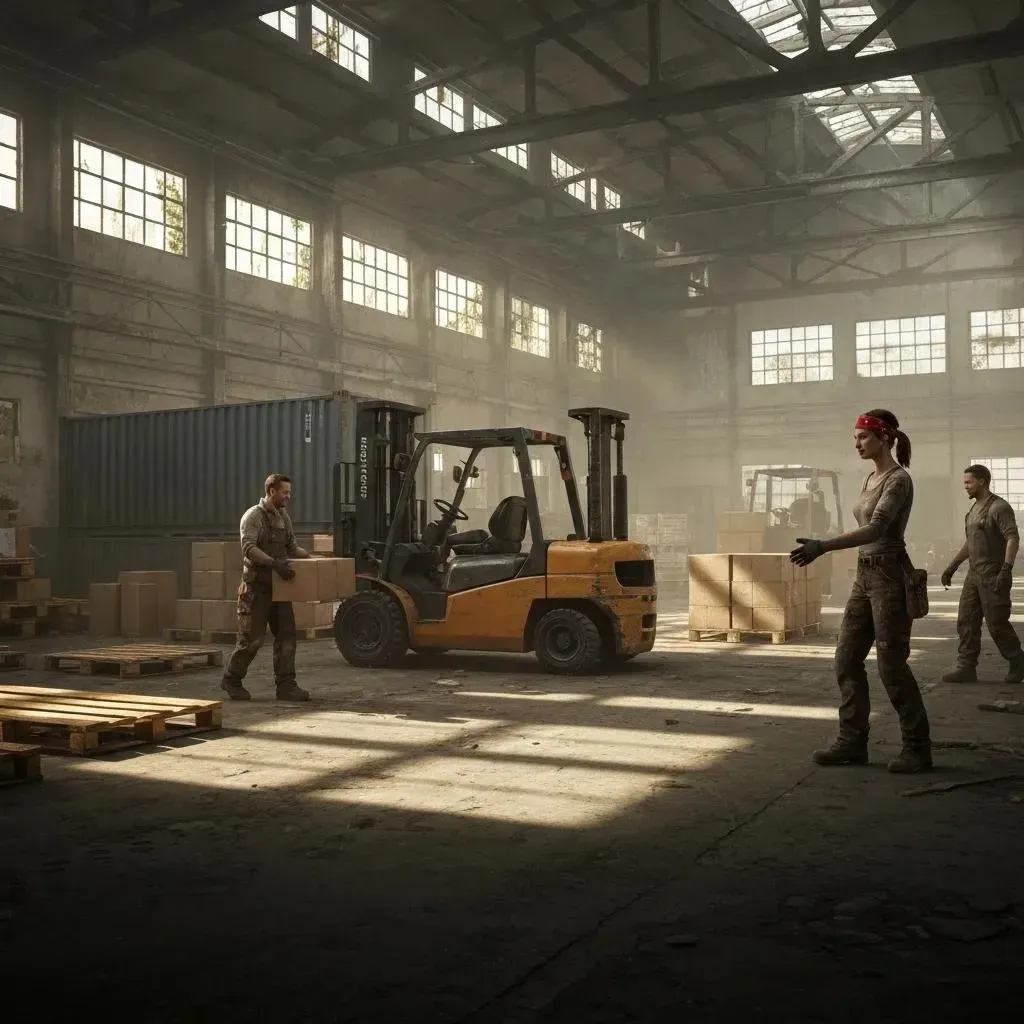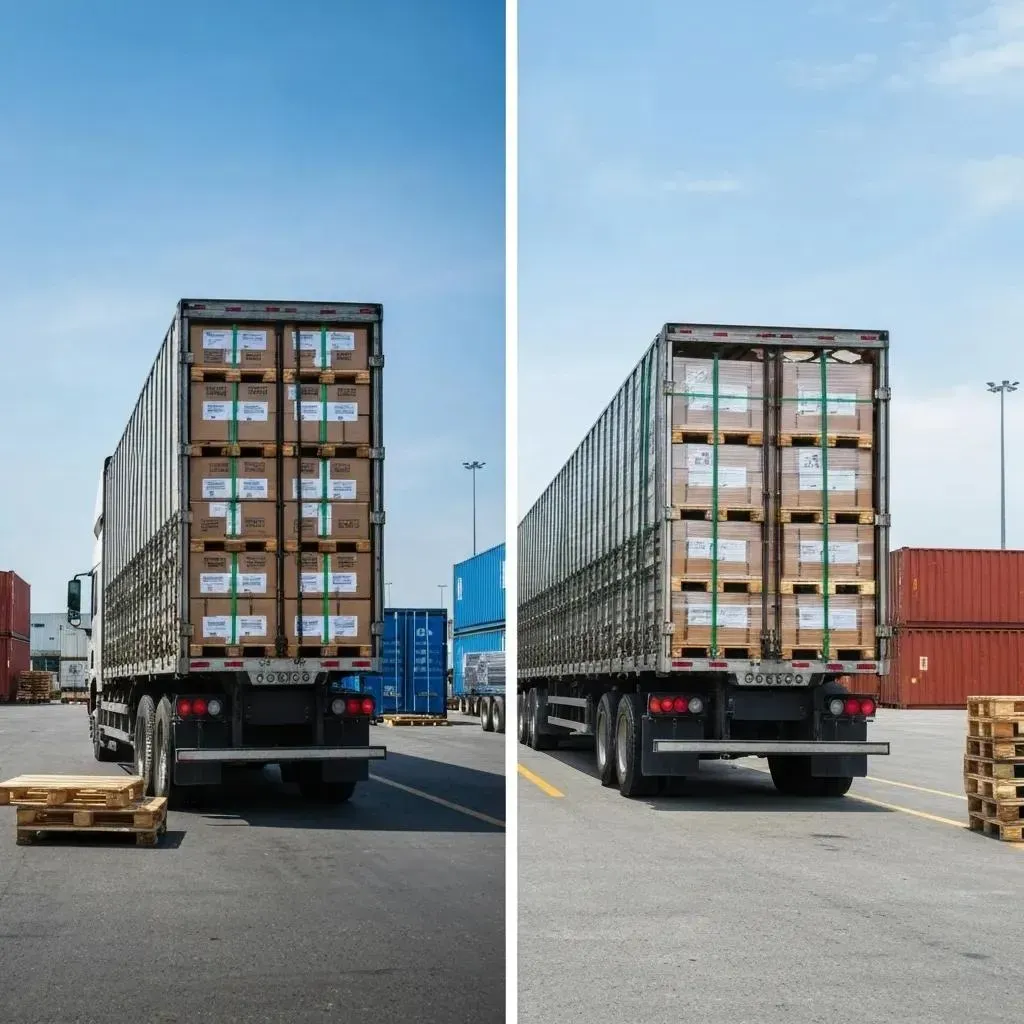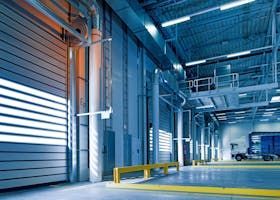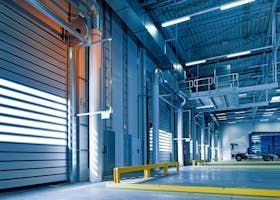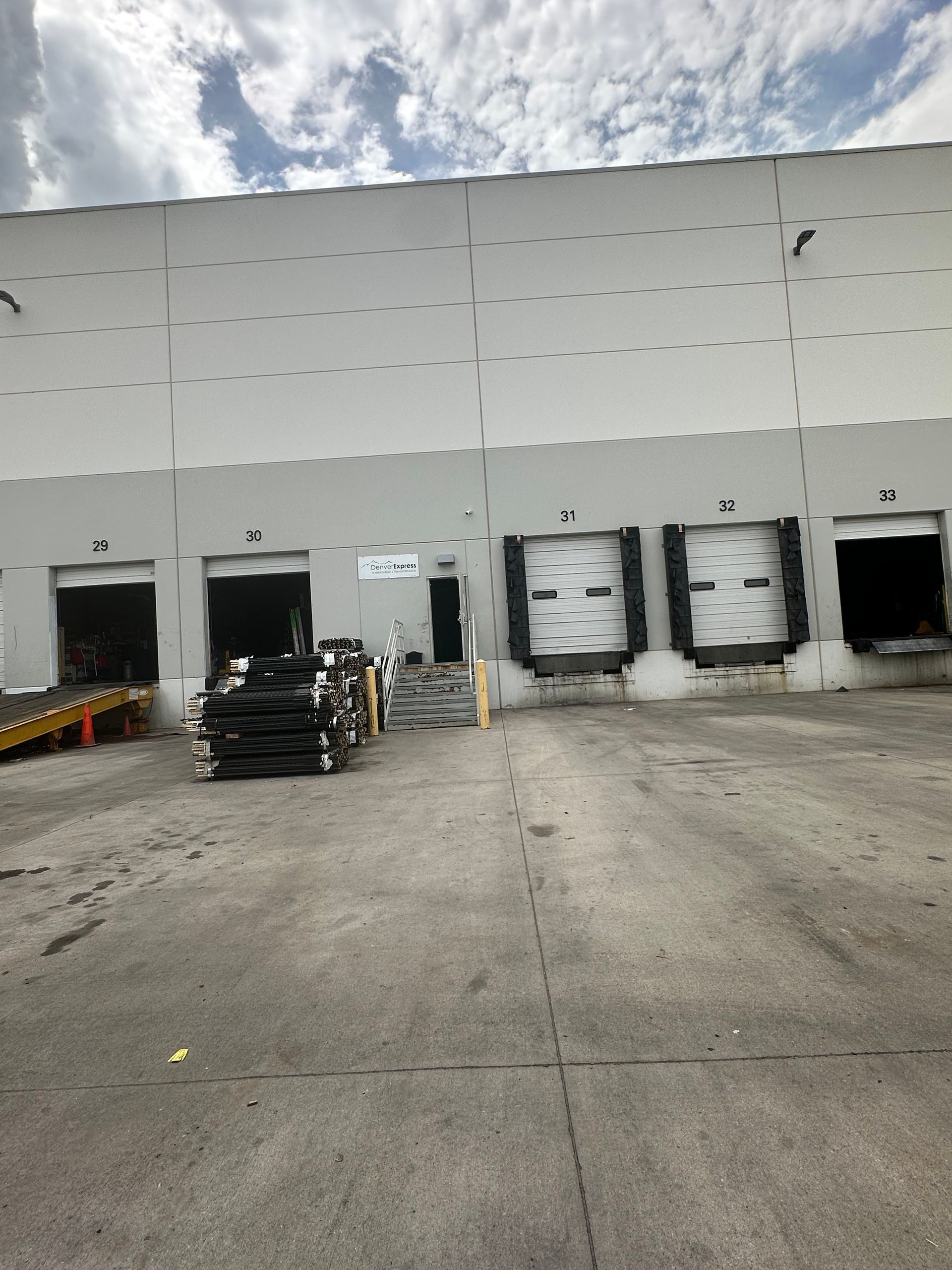Modern Warehousing Solutions: Beyond Simple Storage
The Evolution of Modern Warehousing
Modern warehousing has transformed from simple storage facilities into sophisticated distribution hubs that serve as critical nodes in global supply chains. Today's warehouses leverage advanced technology, strategic location planning, and innovative management systems to provide comprehensive solutions that go far beyond basic storage.
Core Functions of Contemporary Warehousing
Strategic Inventory Management: Modern warehouses employ sophisticated inventory management systems that track products in real-time, optimize stock levels, and predict demand patterns. This ensures businesses maintain optimal inventory levels while minimizing carrying costs and preventing stockouts.
Order Fulfillment Excellence: Today's warehouses are designed for rapid order processing, with streamlined picking, packing, and shipping operations. Advanced warehouse management systems (WMS) coordinate these activities, ensuring accuracy and speed in order fulfillment.
Value-Added Services: Beyond storage, modern warehouses offer services such as kitting, assembly, labeling, and quality inspections. Many facilities also provide comprehensive rework services , including repackaging, relabeling, and product customization to meet specific market requirements.
Technology Driving Warehouse Innovation
Automation and Robotics: Automated storage and retrieval systems (AS/RS), robotic picking systems, and automated guided vehicles (AGVs) are revolutionizing warehouse operations. These technologies increase efficiency, reduce errors, and enable 24/7 operations while reducing labor costs.
IoT and Smart Sensors: Internet of Things (IoT) devices monitor environmental conditions, track asset locations, and provide real-time visibility into warehouse operations. Smart sensors ensure optimal storage conditions for temperature-sensitive products and enable predictive maintenance of equipment.
Cloud-Based WMS Solutions: Modern warehouse management systems leverage cloud technology to provide real-time data access, scalability, and integration with other supply chain systems. These platforms enable better decision-making and improved coordination across the entire logistics network.
Strategic Warehouse Design and Layout
Effective warehouse design maximizes space utilization while ensuring efficient product flow. Modern facilities incorporate flexible racking systems that can be reconfigured based on changing inventory profiles. Strategic placement of high-velocity items near shipping areas reduces travel time and increases productivity.
Multi-level mezzanine structures optimize vertical space, while dedicated zones for different operations prevent bottlenecks. Many warehouses now include specialized areas for cross-docking operations , allowing for seamless integration of rapid transit services with traditional storage functions.
Specialized Storage Solutions
Temperature-Controlled Storage: Cold storage and climate-controlled environments ensure product integrity for pharmaceuticals, food products, and sensitive materials. Advanced monitoring systems maintain precise conditions and provide documentation for regulatory compliance.
Hazmat Storage: Specialized facilities equipped with proper ventilation, containment systems, and safety equipment handle hazardous materials in compliance with strict regulations.
Bulk Storage Systems: For businesses dealing with large quantities of raw materials or finished goods, bulk storage solutions maximize space efficiency while maintaining easy access for loading and unloading operations.
Integration with Supply Chain Services
Modern warehouses function as integrated logistics hubs, offering complementary services that add value throughout the supply chain. Many facilities combine traditional storage with freight preparation and shrink wrapping services , ensuring products are properly protected and ready for distribution.
This integration extends to transportation management, with warehouses coordinating inbound and outbound shipments, consolidating loads for efficiency, and managing carrier relationships. The result is a seamless flow of goods from suppliers to customers with minimal delays and maximum cost efficiency.
Sustainable Warehousing Practices
Environmental responsibility has become a priority in modern warehousing. Facilities are implementing green technologies such as solar panels, LED lighting, and energy-efficient HVAC systems. Sustainable packaging solutions and recycling programs reduce waste, while optimized routing and load planning minimize transportation emissions.
Many warehouses are pursuing LEED certification and implementing carbon-neutral initiatives, recognizing that sustainable practices not only benefit the environment but also reduce operating costs and appeal to environmentally conscious customers.
The Future of Warehousing
As e-commerce continues to grow and customer expectations evolve, warehouses will become even more sophisticated. Artificial intelligence and machine learning will optimize operations, while drone technology and autonomous vehicles may revolutionize last-mile delivery. The warehouse of the future will be a highly automated, data-driven facility that adapts in real-time to changing market conditions.
Conclusion
Modern warehousing is no longer just about storage—it's about creating value throughout the supply chain. By embracing technology, offering diverse services, and maintaining flexibility, today's warehouses enable businesses to meet customer demands while controlling costs. Whether through traditional storage, cross-docking, or specialized rework services, modern warehousing solutions are essential for competitive success in today's global marketplace.



